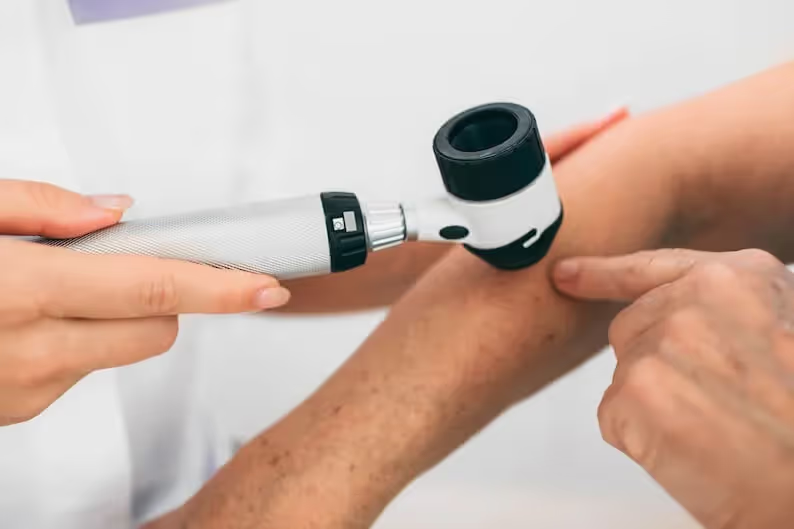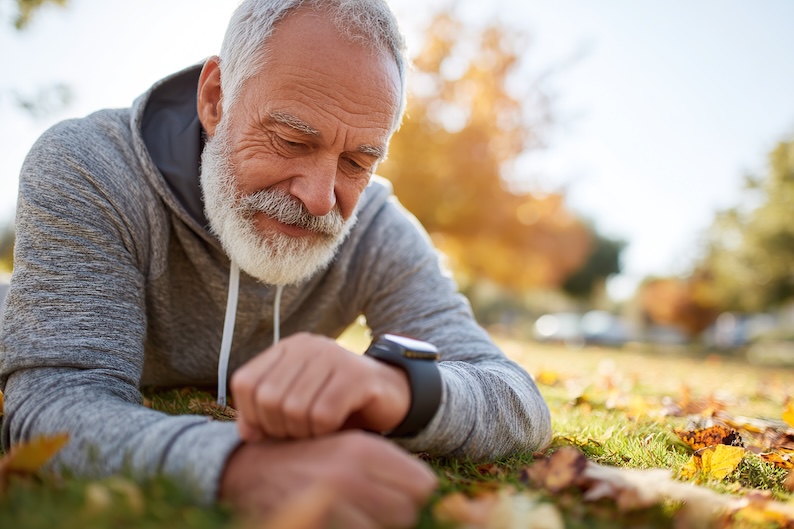It's no secret that our skin changes as we age. All we have to do is look in the mirror, and the changes stare at us in the face. These changes in our skin don't just affect our appearance. They also make us more susceptible to certain conditions, including skin cancer. Skin cancer is one of the most prevalent forms of cancer, with older adults being particularly vulnerable due to a combination of factors. Understanding the types of skin cancer prevalent in older adults and why seniors are at higher risk is crucial for prevention, early detection, and effective treatment.
Types of Skin Cancer in Older Adults
Skin cancer develops when malignant cells form in the tissues of the skin. There are three main types of skin cancer, each with distinct characteristics, risk factors, and treatment approaches.
- Basal Cell Carcinoma (BCC)
Description: BCC is the most common form of skin cancer, typically appearing on sun-exposed areas like the face, neck, and hands. Characteristics: It often appears as a pearly or waxy bump, a flesh-colored or brown scar-like lesion, or a bleeding or scabbing sore that doesn't heal. Risk Factors: Prolonged sun exposure, especially without protection, increases the risk of developing BCC. Treatment: Surgical removal, cryotherapy, topical medications, or photodynamic therapy are common treatment options.
- Squamous Cell Carcinoma (SCC)
Description: SCC arises from the squamous cells in the skin's upper layers and can occur on sun-exposed areas or within scars, burns, or chronic wounds. Characteristics: It often presents as a firm, red nodule, a flat sore with a scaly crust, or a new sore or raised area on an old scar or ulcer. Risk Factors: Chronic sun exposure, immunosuppression, exposure to radiation, and certain chemicals increase the risk of SCC. Treatment: Surgical excision, Mohs surgery, cryotherapy, topical medications, or radiation therapy are common treatment approaches.
- Melanoma:
Description: Melanoma develops from melanocytes, the cells responsible for skin pigmentation, and can occur anywhere on the body, including areas not exposed to the sun. Characteristics: It often appears as an asymmetrical mole with irregular borders, multiple colors, a diameter larger than a pencil eraser, or changes in size, shape, or color. Risk Factors: Intense, intermittent sun exposure, history of sunburns, having many moles or atypical moles, and a family history of melanoma increase the risk. Treatment: Surgical excision, lymph node biopsy, immunotherapy, targeted therapy, or chemotherapy are treatment options depending on the stage and extent of the disease.
Susceptibility in Older Adults
Several factors contribute to the increased risk in older adults to skin cancer: Cumulative Sun Exposure: Many seniors have had prolonged sun exposure throughout their lives, leading to cumulative damage to their skin cells. This exposure increases the risk of developing skin cancer over time. Weakened Immune System: As individuals age, their immune system weakens, making it less effective at recognizing and eliminating abnormal cells, including cancerous ones. This weakened immunity can contribute to the development and progression of skin cancer. Decreased Skin Elasticity: Aging skin tends to become thinner, less elastic, and more fragile, making it easier for skin cancer to develop and spread. Additionally, older adults may have more difficulty detecting changes in their skin due to age-related vision or mobility issues. Delayed Diagnosis: Older adults may delay seeking medical attention for suspicious skin lesions due to various reasons, such as assuming changes are part of aging or reluctance to undergo medical procedures. Delayed diagnosis can lead to more advanced stages of skin cancer and poorer outcomes.
Prevention and Early Detection
Prevention and early detection are paramount in the fight against skin cancer. By adopting proactive measures and recognizing warning signs early, seniors can significantly reduce their risk and improve treatment outcomes. To reduce the risk of skin cancer and detect it early, older adults should: Limit Sun Exposure: Minimize outdoor activities during peak sun hours (10 a.m. to 4 p.m.), seek shade, wear protective clothing, and use a broad-spectrum sunscreen with SPF 30 or higher. Perform Regular Skin Self-Exams: Check your skin monthly for any changes in moles, freckles, or other spots. Use mirrors or ask a partner for help examining hard-to-see areas. Attend Regular Skin Screenings: Schedule annual skin cancer screenings with a dermatologist, especially for individuals with a history of skin cancer or significant sun exposure.
Safeguard Your Health by Protecting Your Skin
Skin cancer is a significant health concern for older adults. Understanding the types of skin cancer prevalent in seniors and the factors contributing to their susceptibility is essential for prevention, early detection, and timely treatment. By adopting sun-safe practices, conducting regular skin self-exams, and seeking medical attention for suspicious lesions, older adults can take proactive steps to protect their skin health and overall well-being.




